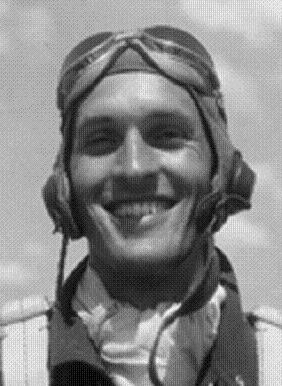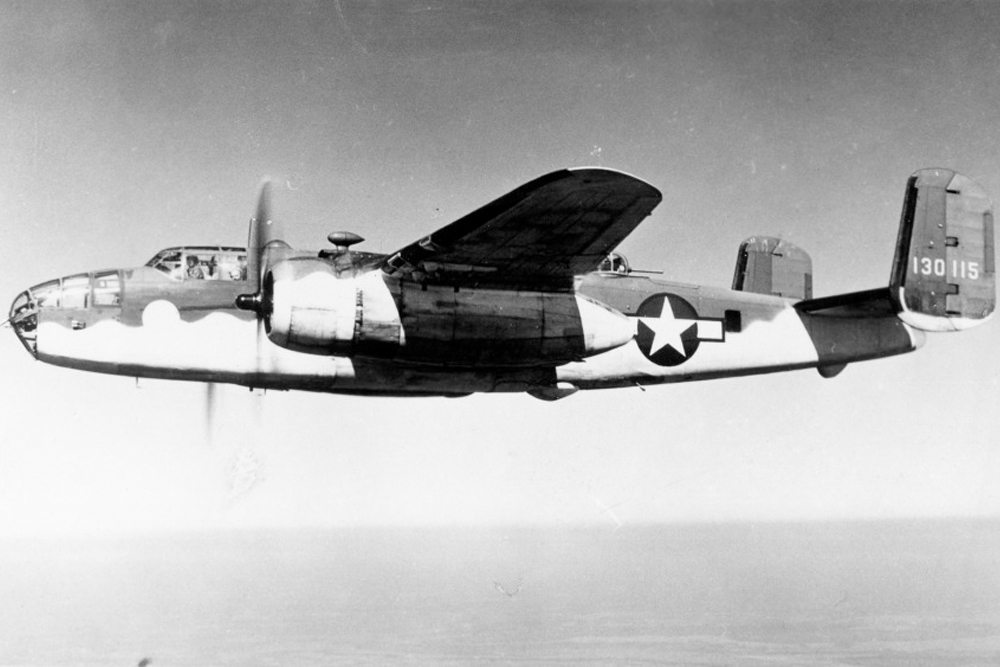Wilkins, Raymond Harrell
- Date of birth:
- September 28th, 1917 (Portsmouth/Virginia, United States)
- Date of death:
- November 2nd, 1943 (Rabaul, New Britain)
- Mentioned on:
- American Cemetery and Memorial Manila
- Nationality:
- American
Biography
Do you have more information about this person? Inform us!
- Period:
- Second World War (1939-1945)
- Rank:
- 1st Lieutenant
- Unit:
- Far East Air Force (FEAF), U.S. Army Air Forces
- Awarded on:
- 1942
Headquarters, Allied Air Forces in the Southwest Pacific Area, General Orders No. 18
- Period:
- Second World War (1939-1945)
- Rank:
- Major
- Unit:
- 8th Bombardment Squadron, 3rd Bombardment Group, U.S. Army Air Forces
- Awarded on:
- March 24th, 1944
Awarded posthumously
- Period:
- Second World War (1939-1945)
- Rank:
- Major
- Unit:
- 8th Bombardment Squadron, 3rd Bombardment Group, U.S. Army Air Forces
- Period:
- Second World War (1939-1945)
- Rank:
- Major
- Unit:
- 8th Bombardment Squadron, 3rd Bombardment Group, U.S. Army Air Forces
First Bronze Oak Leaf Cluster in lieu
- Period:
- Second World War (1939-1945)
- Rank:
- Major
- Unit:
- 8th Bombardment Squadron, 3rd Bombardment Group, U.S. Army Air Forces
Second Bronze Oak Leaf Cluster in lieu
- Period:
- Second World War (1939-1945)
- Rank:
- Major
- Unit:
- 8th Bombardment Squadron, 3rd Bombardment Group, U.S. Army Air Forces
Third Bronze Oak Leaf Cluster in lieu
- Period:
- Second World War (1939-1945)
- Period:
- Second World War (1939-1945)
- Period:
- Second World War (1939-1945)
- Period:
- Second World War (1939-1945)
- Period:
- Second World War (1939-1945)
- Period:
- Second World War (1939-1945)
Sources
- Photo 1: Findagrave.com
- - Jordan, Kenneth N., Yesterday’s Heroes, Schiffer Publishing Ltd., USA, 1996.
- Raymond Wilkins - Recipient - Military Times Hall Of Valor














